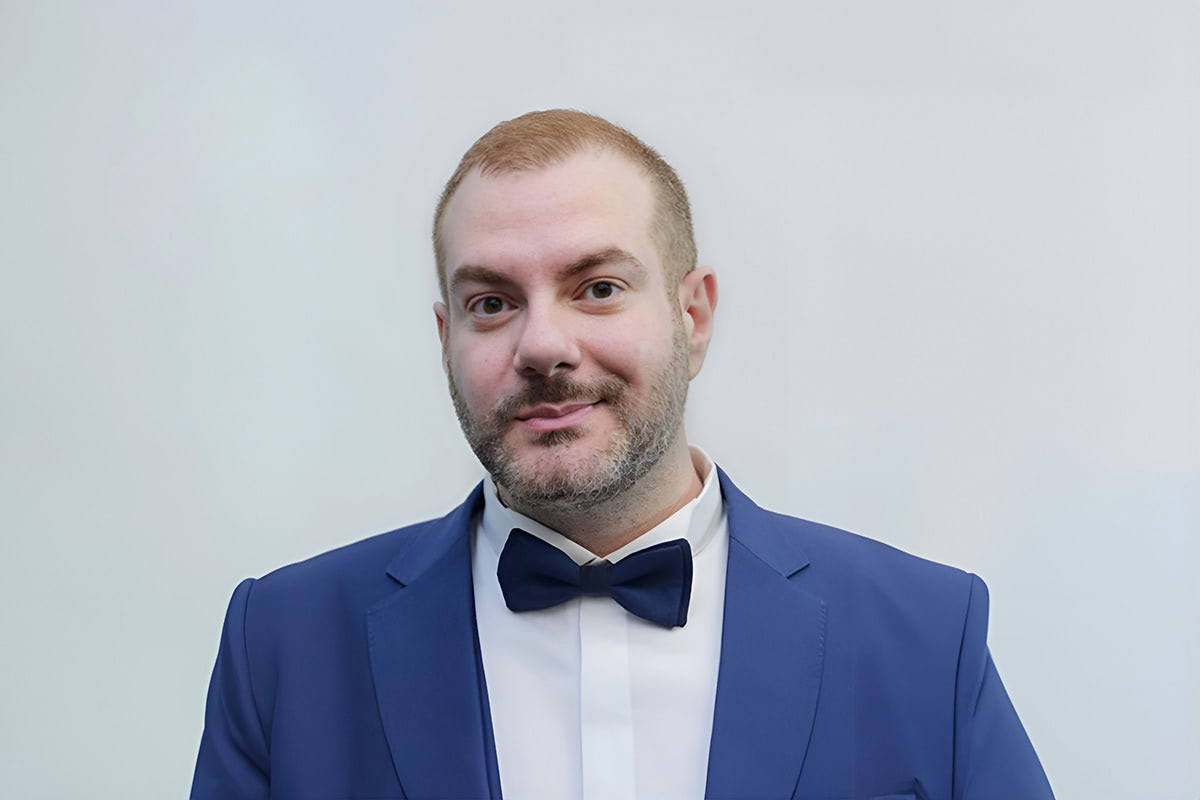Dr. Sleiman El Hajj Secures Top Ranking in Arts and Humanities Across the Middle East
The Assistant Professor of Creative and Journalistic Writing discusses how his research has earned him this achievement.
Assistant Professor of Creative and Journalistic Writing at the School of Arts and Sciences Sleiman El Hajj has been ranked second in the Middle East in the Arts and Humanities out of 500 scholars from 16 countries, according to a recent listing by Scival—an analytics tool that uses the Scopus dataset to assess research performance.
Dr. El Hajj achieved this ranking under Field-Weighted Citation Impact (FWCI), which measures the number of citations a paper receives and their expected impact in a field of study, for his work from 2018 to 2023.
In 2022, a collective memoir by Dr. El Hajj, “Writing (from) the Rubble: Reflections on the August 4, 2020 Explosion in Beirut,” became the most cited article published in Life Writing. He also received the Faculty Research Excellence Award 2022-2023. In 2023, he joined the ranks of the top two percent of scientists in the world over the past three years, according to an annual study published by Scopus-Elsevier.
In this interview, Dr. El Hajj relays how these recognitions have resulted from his efforts to bridge the gap between the arts and sciences, and underlines the transformative power of creative writing in instigating positive change.
What aspects of your work do you believe led to a high ranking and significant citations?
I think it’s primarily the focus on giving a voice to traditionally marginalized groups, namely women, migrant workers, refugees and the LGBTQ+ community. Since it’s not only the issues they face but also the people and characters that come out in my writing, they craft creative-critical narratives that blend creative writing with academic research to produce a form of ethnography. Similarly, when redesigning the English bachelor’s Creative Writing curriculum, I made it a point to encourage students taking the new Life Writing and Illness Writing courses to discuss unexplored concepts through various nonfiction modalities/techniques that related to their experiences.
In my latest writing project, I wanted to investigate the connection between the physical and the cultural. When we think about illness, we quite often don’t think about the fact that the two intersect. When I set out to craft a narrative from this intersection, my goal was to navigate illness and life writing through autobiography. This exploration brought me to the concept of ‘pathography,’ a fusion of pathology—the study and diagnosis of disease, both cultural and medical—and biography, in the Lebanese context. I call this blend ‘Lebano-pathography,’ another adaptable intervention because we can see how it can manifest itself in other conflict settings. This approach led to increased interest, as reflected in the frequent citation of my work.
What does the scholarly recognition mean to you personally and professionally?
Given that my expertise lies more in qualitative analysis than quantitative methods of research (and rankings), the recognition validates not only my work in the Arts and Humanities but also the significance of qualitative research in terms of impact and scholarly contributions. Beyond the influence my research has had in the field, what truly resonates with me is the impact it has left on my students.
The positive feedback I have received from students and alumni on the creative writing courses I have taught and still teach is truly rewarding. Creating a safe space for students to openly share their experiences and address sensitive topics is crucial. My role as an instructor involves both focusing on the craft of storytelling and acknowledging the personal ownership of each narrative, especially when dealing with trauma, which requires a delicate approach.
How do you envision your research influencing the future of your field?
When one delves into unexplored topics, one naturally contributes new knowledge that can be developed by other writers or researchers. For instance, in my work on the coming-of-age theme in a conflict-ridden setting like Lebanon, I make sure to provide a perspective that is under-represented in existing literature reviews. This extends to other issues, such as gender and sexuality in Lebanon’s social sciences, as I mentioned before. While research in these areas is growing, there remains a shortage of literary representations. As a creative writer, I focus on producing primary sources for literary critics to examine.
In this sense, when you explore new ground and others might choose to follow, you should at least present something that can be used and built on. The research approach that I use in my creative writing—the dual construct of creative and critical—is important because it allows for tracking and assessing the impact of the work.
In the coming months, Dr. El Hajj and faculty from the School of Arts and Sciences and the Alice Ramez Chagoury School of Nursing will review results from the Yes to Emotions in Youth (YEY) program, an initiative offering emotional intelligence training to vulnerable youth in Lebanon that was set to be integrated into the educational curriculum of five public high schools.
This article has been edited and condensed for the sake of clarity.
